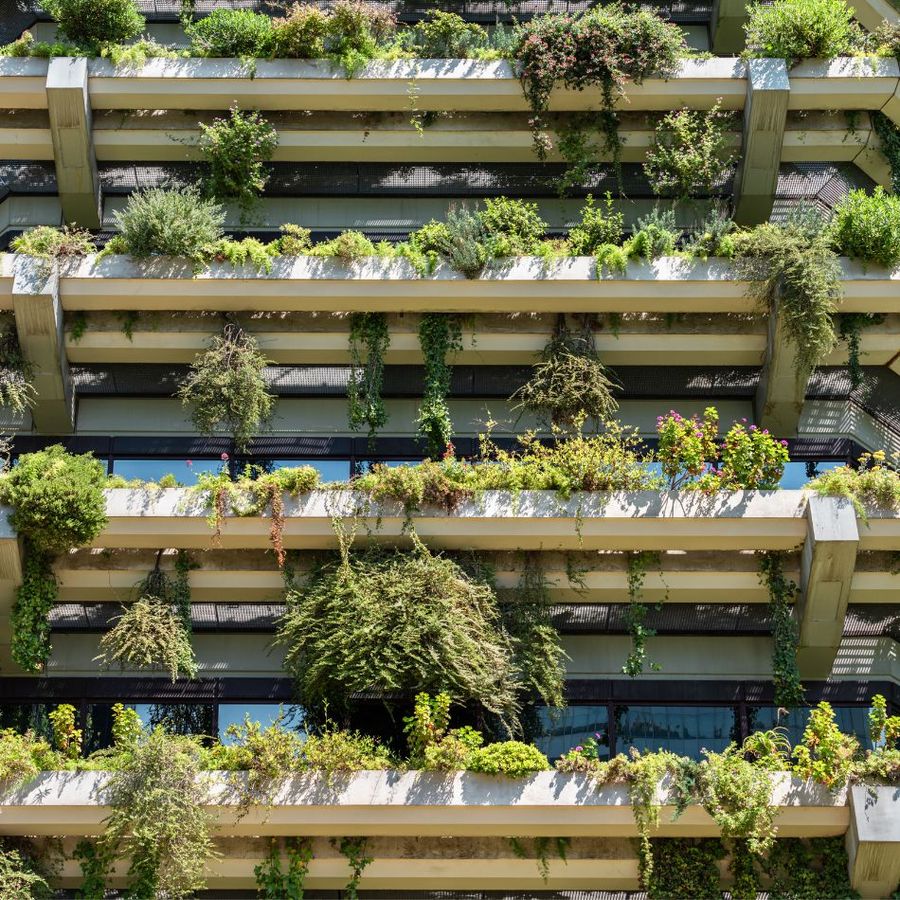Click here to download The Green and Clean Event Checklist!
As the COVID-19 pandemic continues to cause global suffering, we are caught in a loop looking for quick solutions. Currently it is estimated that if only 1% of face masks are disposed of incorrectly, 10 million masks will find their way into the environment every month (WWF, 2020).
Face masks however represent the tip of the plastic iceberg. What we are facing and are currently exacerbating is a pandemic of pollution. While our waste has been poisoning the earth for decades, we now risk losing all progress that had been made to reduce our impact. With this in mind, we must rethink how business and leisure tourism can thrive in a world scarred by COVID-19. The GDS-Movement believes that creating a circular economy will play a key role on this journey, and help us to keep both planet and people healthy.
The importance of hygiene
COVID-19 is an infectious disease, that causes mild to moderate symptoms in most people (WHO, 2020). It is transmitted through little droplets that are coughed, sneezed, and breathed out. The latest updates from the CDC note that you are most likely to be infected if you are in the proximity of an active case, or by touching a contaminated surface and then your eyes, nose, or mouth (CDC, 2020). As events bring together millions of people every year, organising them in a safe and hygienic way is imperative to curb the spread of diseases such as COVID-19.
Tangible solutions
Plastics:
COVID-19 has prompted a sudden increase of single-use plastics, especially as the use of personal protective equipment (PPE) has sky-rocketed. Fast food and retail chains have also banned the use of reusables (BBC, 2020), thereby increasing plastic waste. The plastic industry itself has maintained that the use of plastics will create a more sanitary environment (The Guardian, 2020), and is pushing back against plastic bans (Bloomberg, 2020). Scientific research suggests the opposite: while COVID-19 was found to survive for <24h on paper, cardboard, and copper, it lived for up to 72h on plastic and stainless steel surfaces (van Doremalen et al., 2020). Incorrect use of masks and gloves alongside the false sense of security plastic gives, can even make their use counterproductive (La Vanguardia, 2020; Economic Times, 2020). When it comes to reusables, more than 100 scientists and health professionals stated, “it is clear that reusable systems can be used safely by employing basic hygiene” (2020). And a recent UN Report posits that “single-use plastic items and packaging are not sanitization measures in themselves – the virus can survive on the these – and can represent touch points as they could have been contaminated during production, transport or handling” (GTPI, 2020).
These findings question the rationale behind using plastic bags and packaging, and even plastic gloves, to make meetings and events safer. Further, we cannot ignore the severe impacts of plastic pollution, which is “leading to billions of small items of hazardous single-use plastics ending up in waterways and oceans around the world” (Brunell, 2020).
Let’s not reset the clock following the progress made in past years. From India to France, plastic bans have been rolled out across the world, and consumer behaviour has been changing, albeit slowly (RDSi Research).
As the data below supports, the concerted effort against plastics has had its successes. In the end, we must recognise that human and planetary health are inexorably linked, and phasing out single-use plastics is crucial on our journey to become a regenerative and circular industry.
Chlorine and Disinfectants:
Aside from the participants themselves, the venues that host large events are at risk of spreading COVID-19, unless adequate sanitary practices are adopted. The use of bleach and other harsh chemical disinfectants has been touted as effective solutions. Their ability to kill the virus cannot be disputed, though studies have shown that they come with a negative drawback as they increase the “adverse respiratory effects in cleaning workers” (Zock, Vizcaya, Le Moual, 2011). This is accompanied by negative environmental impacts, as their effectiveness at killing viruses kills anything else that crosses their path (Global Times, 2020). Given the host of negative side-effects that go with these solutions, it is imperative to seek out alternatives and to create healthier solutions.
Getting the basics right
Soap and Alcohol:
Soap is highly effective in killing the virus. It does not have to be antibacterial, as the chemical properties of soap pull apart and kill COVID-19 (CDC, 2020). For surfaces, while soap and hot water can do the trick, alcohol, isopropyl alcohol, is recommended. The negative side-effects of both are negligible compared to the alternatives described above, and may present us with the cheapest, most environmentally-friendly choice discussed so far. It should be noted that alcohol-based disinfectants have also been found to contribute to respiratory health issues, following prolonged exposure.
Distancing and Dividing:
The meeting and events industry requires social interaction and networking. The sector exists to bring people together in one place, with the purpose of making connections, sharing information, and discussing and solving problems. While this one ‘place’ could be virtual, recent months and trials have shown that this does not work well for many meeting formats, and even when going virtual is a practical alternative, technology and global connectivity is not at the level needed to run them smoothly.
The measures to be rolled out during IRL (in real life) events, need to be innovative and imaginative. Workable solutions include:
- Dividing: During Spain’s de-escalation, different demographics of the population were assigned different time slots to leave their homes. Similarly, dividing vulnerable demographics from those that are not, and creating smaller groups for networking, is likely to curb the spread of diseases at events. A novel idea proposed by Marc Dooner, is to let groups select assorted colours, depending on their desire to interact with others, and each colour will be assigned a different room, and format for interaction (PCMA, 2020).
- Distancing: The spacing of seating arrangements will have to change. Here are a few ideas from PCMA members. A new business etiquette may have to evolve, as shaking hands and hugging present risks of spreading the virus.
- Staggering attendees: Creating longer events, to allow for a thinner spread of attendees in a venue at any one time (C&IT, 2020).
- For a practical implementation of some of these, we can look to the first event held in Hong Kong’s Convention Centre since lockdown (C&IT, 2020).
UV Light
Using UVC light to kill viruses and bacteria is nothing new, yet the scale to which they are used has exploded dramatically during the current pandemic. Busses in Shanghai, New York’s subway, hotels, convention centres and airports, are being disinfected using UVC light. UVC light can’t be used as a disinfectant for people but for inanimate objects and large spaces such as venues, however, this offers an effective solution.
Ozone
The use of ozone is one of the most efficient disinfectants for all types of microorganisms, and also viruses (WHO, Undated). What makes it so efficient, is its incredibly unstable molecular structure, which attaches itself to other electrons and thereby destroys the molecules of, for example, COVID-19. If you are interested, this short video describes how disinfection through ozone works. However, the amount of ozone needed for large spaces is not well tested (the WHO recommends 120µg/m3 or 0.6ppm over a period of 8 hours), and its application for the events industry would be limited to surface and air disinfection.
Looking ahead
While we must act, we need to avoid acting on impulse. Plastics, or harsh chemical disinfectants do not present effective solutions for creating hygenic spaces and conditionsif we consider the problems their use exacerbates.
Yes, this is a time of significant uncertainty, and yes, the challenges we face are great, but we have a responsibility to find solutions that work for the long-term, that consider human health, and planetary well-being.
Plastics do not offer this solution, as stated by the World Economic Forum, the “re-framing of plastic as a “protective” health material can divert attention from its dangers to the environment” (2020).
Let’s keep the solutions simple by using soap, alcohol-based disinfectants, the right distancing measures, and UVC lights for larger spaces.
Communication on these issues is vital as we aim to return to a level of confident air travel and look to a future based on systemic well-being. Considering ourselves and our industry as part of the natural world around us and by working together for its entire thriveability will be what prompts the sector to adapt and develop.
Click here to download The Green and Clean Event Checklist!



